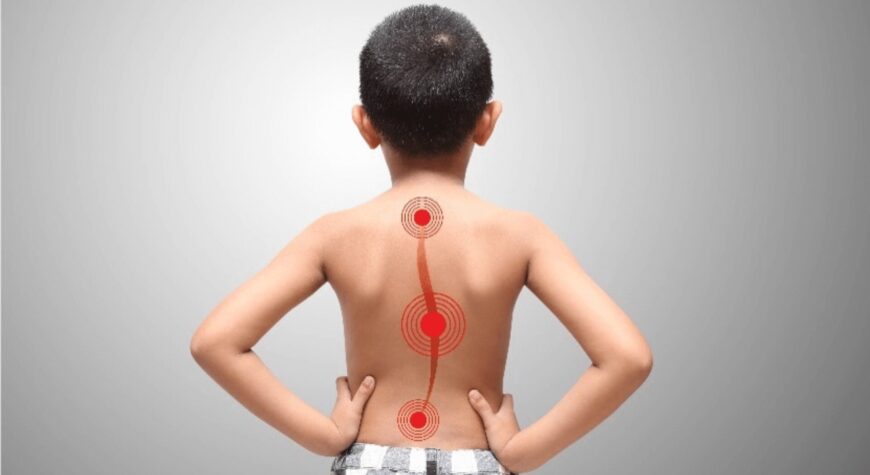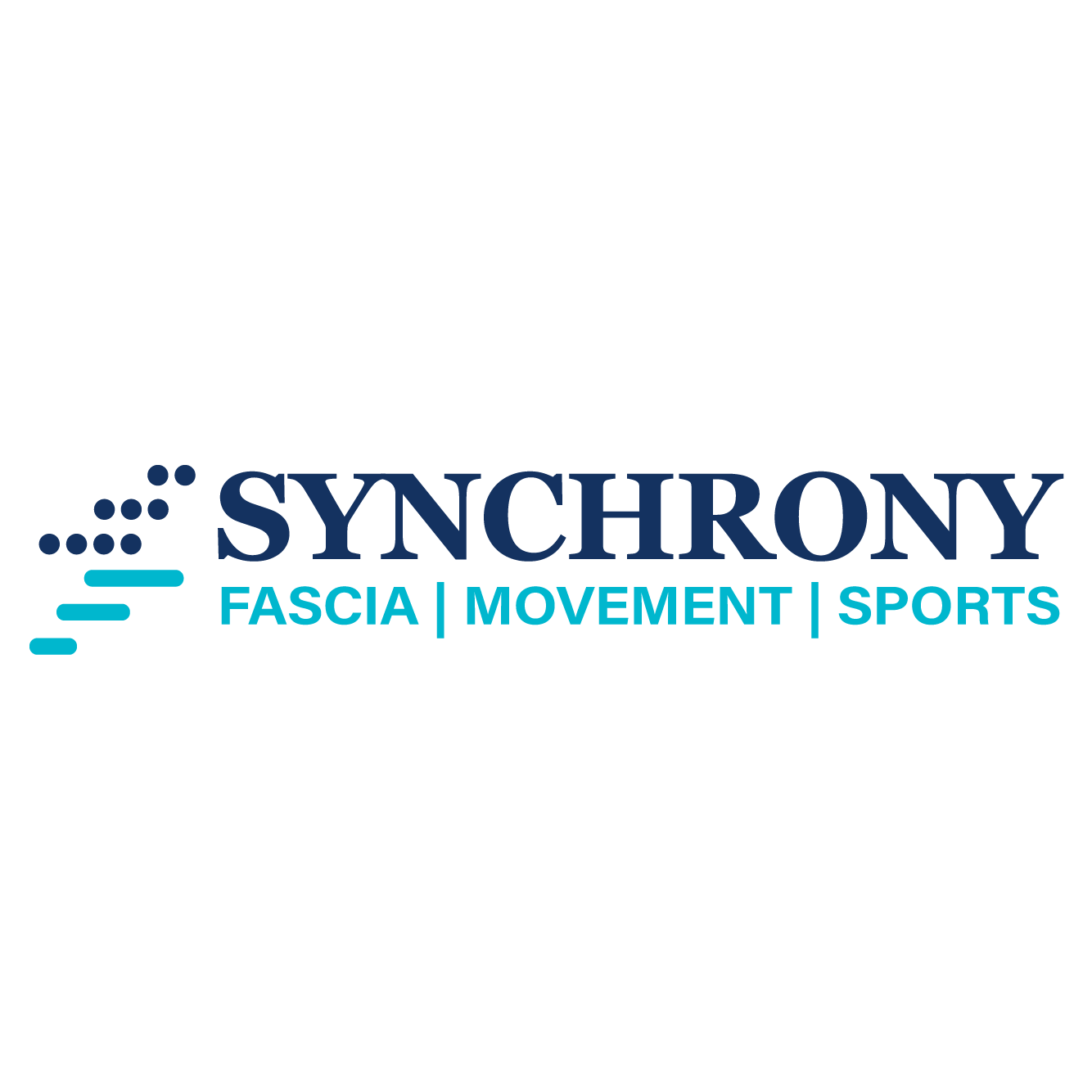Scoliosis in Children: Early Detection, Types, Progression, and the Role of Physical

Therapy and Bracing
At Synchrony, one of the most important messages we share with parents is this: scoliosis in children is manageable—especially when detected early. Timely intervention can often prevent long-term complications and may even eliminate the need for surgery.In this blog, we explore how scoliosis affects children, the signs to look out for, the different types and progression of scoliosis, and how physical therapy and bracing can play a transformative role in care and recovery.
What Is Scoliosis?
Scoliosis is a condition where the spine develops an abnormal sideways curvature, often resembling a “C” or “S” shape. A diagnosis is made when the curve measures more than 10 degrees on an X-ray, typically accompanied by some rotation of the vertebrae.
While many childhood cases are mild and symptom-free, scoliosis is progressive—meaning curves may worsen, particularly during growth spurts. Severe scoliosis can lead to:
· Postural imbalances
· Restricted lung function
· Pain and fatigue
· Decreased quality of life
Types of Scoliosis in Children
There are three main types of scoliosis seen in children:
1. Idiopathic Scoliosis
- Most common, especially in ages 10–15 (Adolescent Idiopathic Scoliosis)
- No known cause, though family history may be a factor
- Often painless, making it easy to overlook
- Progression tends to accelerate during puberty
2. Congenital Scoliosis
- Caused by malformations of the spine during fetal development
- Often diagnosed at birth or in early infancy
- May be associated with other organ or limb abnormalities
- More complex and often requires a multidisciplinary treatment approach
3. Neuromuscular Scoliosis
- Occurs secondary to conditions like cerebral palsy, spina bifida, or muscular dystrophy
- Curve progression is usually faster and more severe
- Requires coordinated care between physical therapists, neurologists, and orthopedic surgeons
Signs and Symptoms to Watch For
Because scoliosis in children is usually painless, visual clues are essential for early detection. Parents and clinicians should look out for:
- Uneven shoulders
- One shoulder blade sticking out more than the other
- Uneven waist or hips
- Leaning to one side
- Prominent ribs on one side when bending forward
Try the Adam’s Forward Bend Test: Have the child bend forward at the waist while you observe from behind. A noticeable rib hump or asymmetry may signal scoliosis.
Understanding Curve Progression in Children
Scoliosis progression is closely tied to growth, especially during adolescence:
· Mild curves (<20°): Monitored with physical exams and periodic X-rays
· Moderate curves (20–40°): Typically managed with bracing
· Severe curves (>40°): May require surgical intervention, such as spinal fusion
Early detection is key to slowing progression and avoiding more invasive treatments.
Adolescent vs. Adult Scoliosis: Key Differences
Feature Adolescent Scoliosis Adult Scoliosis
Pain Usually painless Often associated with pain
Cause Idiopathic (most common) Degenerative or unresolved AIS
Progression Rapid during growth spurts Slower, due to aging and wear
Symptoms Postural changes Pain, stiffness, nerve issues
Treatment Focus Curve prevention Pain relief, and function
The Role of Bracing in Children
Bracing is a key strategy for children diagnosed with moderate idiopathic scoliosis.
Bracing does not reverse scoliosis but can stop or slow progression.
Bracing works best when:
- The child is still growing (pre- or early-puberty)
- The curve is between 20–40 degrees
- The brace is worn consistently—typically 16–23 hours/day
Common types of braces:
- Boston Brace: Worn under clothes, supports the mid-to-lower spine
- TLSO (Thoraco-Lumbo-Sacral Orthosis): Custom fit for stabilization
As physical therapists, we work closely with orthotists to ensure a comfortable, functional fit – helping children stay active and compliant.
How Physical Therapy Supports Children with Scoliosis
Physical therapy is a critical piece of scoliosis management. It provides:
Postural Correction & Muscle Balance
- Strengthens weak areas and releases tight muscles
- Improves symmetry and movement quality
Core Strength and Flexibility
- Enhances spinal stability and control
- Encourages pain-free participation in daily activities
Brace Education and Adaptation
- Helps children stay active while wearing a brace
- Prevents secondary issues like stiffness or muscle loss
Scoliosis-Specific Techniques (e.g., Schroth Method)
- Focuses on three-dimensional breathing and postural awareness
- Helps children build better alignment and long-term habits
Conclusion: Early Awareness, Better Outcomes
Scoliosis in children may be silent, but it’s rarely static. With regular screening, early detection, and a team-based approach—including physical therapy and bracing—we can dramatically improve long-term outcomes.
At Synchrony, we’ve seen firsthand how early intervention can:
- Halt curve progression
- Restore confidence in children
- Prevent invasive surgeries
If you notice posture differences or uneven movement in your child, don’t wait. A screening today could protect your child’s spine—and future—for years to come.
